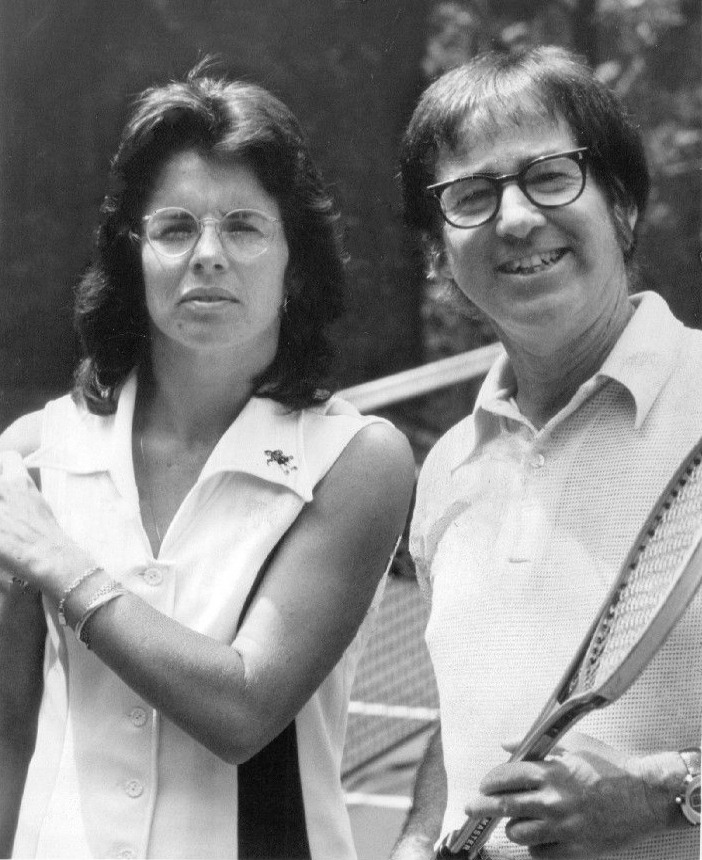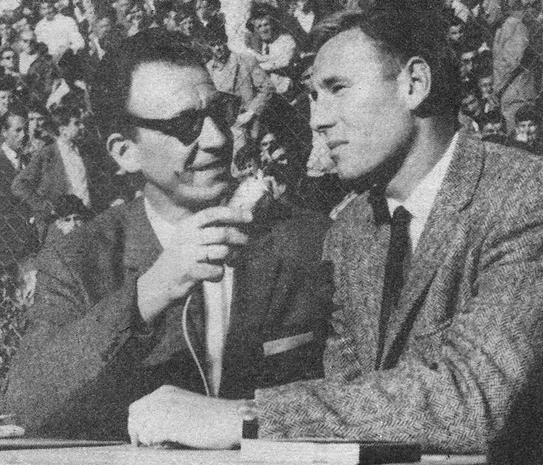Few seasons in tennis have been as pivotal, with effects as far-reaching, as 1973.
You already know about the Battle of the Sexes. Billie Jean King transcended the circus staged by her opponent and the media to make a resounding statement for her gender, avenge Margaret Court, and–never forget–play some great tennis. No single match has ever been so central to the culture as a whole.
The same season saw the structure of the modern professional game start to fall into place. We tend to think of the sport’s history fitting neatly into two buckets: before and after 1968. Yet the first several years of the Open era were anything but neat. Competing tours bid for players, once-powerful national federations threatened to exclude stars from majors, and the Davis Cup–until recently the absolute pinnacle of the sport–was a shell of its former self as contract pros were forbidden to take part.
Things got so contentious that a joke arose around this time: You couldn’t put on a tennis tournament without someone filing a lawsuit.
Many of the issues converged at Wimbledon in 1973. The International Lawn Tennis Federation banned Yugoslavian Niki Pilić from the tournament for allegedly refusing to play a Davis Cup tie. The nascent Association of Tennis Professionals went to bat for Pilić and threatened to boycott the Championships. Wimbledon never took the challenge seriously and didn’t negotiate in good faith. In the end, more than 80 players–including defending champion Stan Smith and most of the best men in the world–sat out the prestigious event.
The situation was back to normal at Forest Hills a couple months later for the US Open–but what was normal? The ATP had a seat at the table, and players–men and women alike–had more power with every month that passed. The 1973 US Open was the first major with equal prize money, a milestone that–had the Battle of the Sexes not eclipsed it a month later–would stand as one of the most significant achievements of Billie Jean King’s career.
For all the off-court distractions, the level of tennis in 1973 was a connoisseur’s dream. Veteran Aussies Rod Laver and Margaret Court often dominated their respective tours, Court doing so with a child in tow. King, when she was healthy, was as good as ever. Smith played some of the best tennis of his career. At the same time, a new generation nipped at their heels. Lovebirds Chris Evert and Jimmy Connors cleaned up on the lower-status USLTA circuits. Björn Borg, Martina Navratilova, and Guillermo Vilas made their initial statements on tour as well, signs that the future of tennis would be a whole lot more global than its past.
* * *
2023 marks the 50th anniversary of that memorable season. This year, I’ll write a series of short essays about 1973, each one marking a notable event from that day. I started with March 22, when Evert and Navratilova faced off for the very first time.
We’ll cover the battles, the boycotts, and the breakouts, as well as any other random thing that catches my eye. You can expect a couple of these vignettes every week until December, when the first-ever truly open Davis Cup reached its conclusion.
There were winners and losers in 1973, as there always are. Thanks in large part to the revolutions that came to a head that year, the losers got a better deal than ever before. Bobby Riggs often lamented the result of his match against Billie Jean. “But, hey, a happy ending,” said the inveterate hustler. “I cried all the way to the bank.”
* * *
Keep up with this project by checking the TennisAbstract.com front page, which will show an up-to-date Table of Contents after I post each installment.
You can also subscribe to the blog to receive each new post by email:

